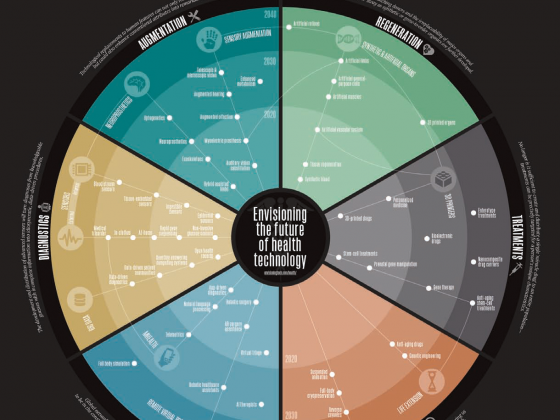by | Natrah Mohd Emran | natrah@might.org.my
Home sweet home and it is getting sweeter! Outside forces and introduction of new technologies have influenced and changed the dynamics of family and home.
Housing developers include modern technologies and facilities to encourage sales. House owners are getting accustomed to new devices, systems and services.A part from affordable price, future home buyers will definitely look for added values in availability of technology devices and systems in their houses.
According to Google’s executive chairman, Eric Schmidt, in the house of the future people are ‘not lost, never lonely, never bored’. He sees new technology as offering the possibility of ‘a life of knowledge and entertainment – a potpourri for all of us to choose from. Based on his statement, it could be imagined that in the next decade home would be the heart of daily routines without necessarily leaving the house to get things done as Facebook, Twitter, YouTube, instant messaging, video conferencing, web meetings and many other collaborations and social media platforms would become part of peoples’ everyday lives around the world. From the porch to the kitchen and from the hall to the bedroom of future houses would be equipped with devices that are not only more efficient than anything we have now, but also provide greater connectivity between people and machines, allowing them to ‘talk’ seamlessly to each other. Changes in demographic and family set-ups, shifting of habits, economic constraints, and aging family members are among the drivers of change towards innovation of new technologies.
More aware and adaptive home
With the advancement of new materials and embedded sensors, homes and home systems could become far more functional, adaptive and responsive. As flexible displays finally reach commercialisation, new interfaces will make home technology more ubiquitous – touch screen surfaces, voice controlled appliances, eye-movement tracking or even emotion analysis that monitors what the user wants would be available soon. These will make home the centre of almost all activities – work, education and entertainment. Indirectly, this will influence and change the house layouts. There is no necessity for dedicated home offices or entertainment room, but instead a more flexible and adaptive rooms – any room. Subsequently, people will tend to spent more time at home and become more reliant on ‘data insurance’ to protect families’ crucial information. As missing out is not an option, cost of these new devices will be the main considerations for home buyers. The economic standings of home owners play an important role in determining the type of technology devices and facilities in their homes. Upmarket houses would be equipped with state-of the- art technology whilst cheaper houses would be equipped with cheaper products. As for older houses/homes, cost of products and installation would be the determining factor.
New roles of tech- savvy generation
More than 60% of the Malaysian population are below the age of 34. This group, known as the ‘digital natives, encompasses two generations: the Millennials (born in 1979-1998) and the Gen Z (born from 1999 onwards)3. This group; especially the Gen Z, are more likely to engage with multiple devices or media simultaneously. Today, kids as young as pre-schoolers engrossed with smart phones and tablet computers are a common sight. As these Gen Z move into their teens and 20s, they will have substantial demand for virtual products – avatar, virtual currency, and 3D printing, etc. They would also be demanding for after-market customizations and modifications of the smart systems to match their environment and needs.
Digital DIY home – upgrading is in our hand
In future, more DIY-enabled devices will be built. Life at home would be more engaging, convenient and fun (or otherwise?). Without leaving homes, families could be connected with the outside world as they can gain ideas and share information, almost instantly from anywhere and anything; be it social networks (e.g. other consumers, virtual agents) or the smart devices itself. Consumers would be expecting products customisations and modifications to fit their personal needs and necessities. A power to control given by products’ manufacturers would enable consumers to make more informed decisions on family issues and home systems. For example, a smart meter with real-time reading and able to provide analysis on energy consumption based on specific characteristic of a home will assist family members to be more aware on their monthly energy consumption and can work together to practice more energy efficient routines.










